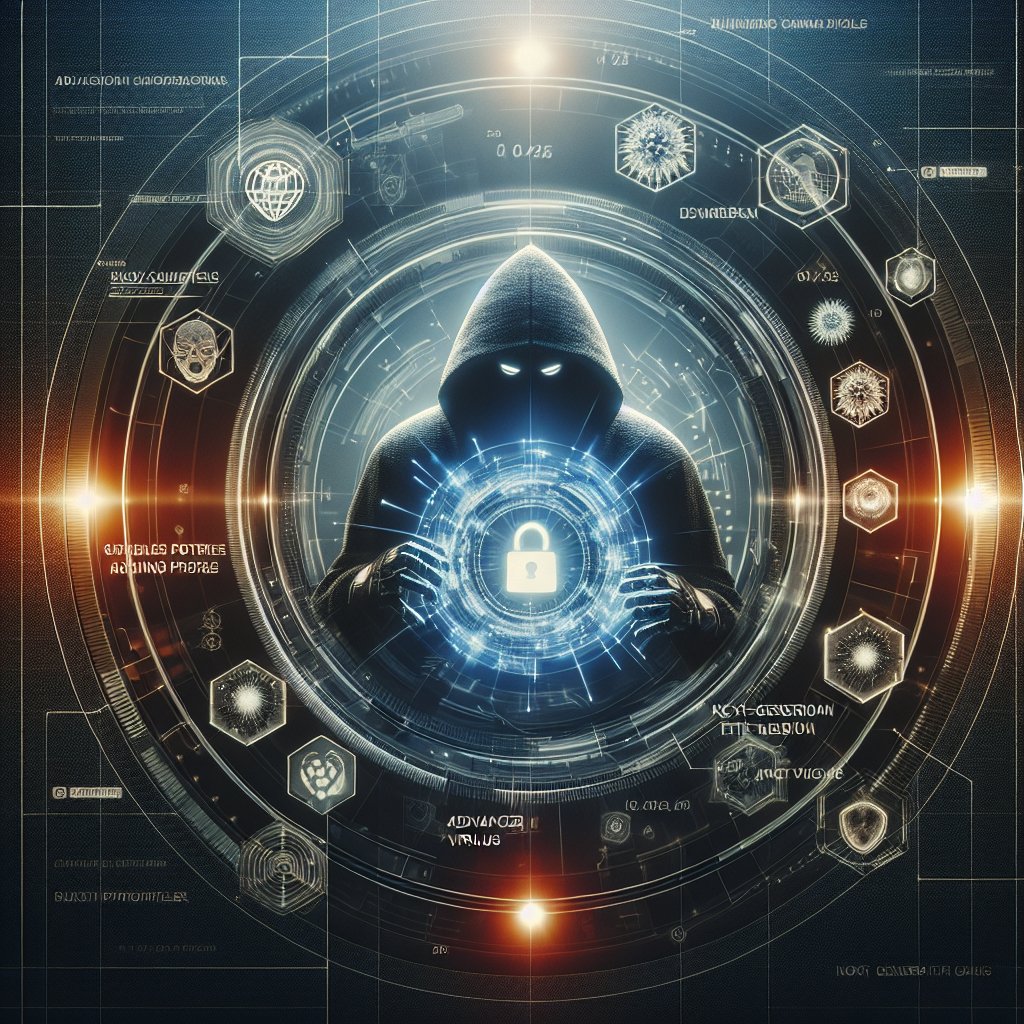Understanding the top cybersecurity threats facing businesses in 2025 is crucial for organizations aiming to protect their sensitive data and maintain operational integrity. As technology evolves, so do the tactics employed by cybercriminals, making it imperative for businesses to stay informed and proactive in their security measures. This article delves into the most pressing cybersecurity threats anticipated in 2025, exploring their implications and offering strategies for mitigation.
Emerging Cybersecurity Threats
As we look towards 2025, several emerging threats are poised to challenge businesses of all sizes. These threats are not only becoming more sophisticated but also more prevalent, necessitating a comprehensive understanding of their nature and potential impact.
1. Ransomware Evolution
Ransomware has been a significant threat for several years, but its evolution is expected to reach new heights by 2025. Cybercriminals are increasingly targeting critical infrastructure, healthcare systems, and large corporations, often employing double extortion tactics. In this scenario, attackers not only encrypt data but also threaten to release sensitive information if the ransom is not paid.
- Targeted Attacks: Ransomware attacks are becoming more targeted, with attackers conducting extensive reconnaissance to identify vulnerabilities within specific organizations.
- Ransomware-as-a-Service (RaaS): The rise of RaaS platforms allows even less technically skilled criminals to launch sophisticated attacks, increasing the overall threat landscape.
- Supply Chain Attacks: By infiltrating third-party vendors, attackers can gain access to larger organizations, making supply chain security a critical focus area.
2. Internet of Things (IoT) Vulnerabilities
The proliferation of IoT devices in business environments presents a unique set of challenges. By 2025, it is estimated that billions of IoT devices will be connected to the internet, many of which lack adequate security measures. This creates numerous entry points for cybercriminals.
- Insecure Devices: Many IoT devices are shipped with default passwords and lack the ability to receive security updates, making them easy targets for attackers.
- Botnets: Compromised IoT devices can be used to create large botnets, which can launch Distributed Denial of Service (DDoS) attacks against businesses.
- Data Privacy Concerns: IoT devices often collect sensitive data, raising concerns about data privacy and compliance with regulations such as GDPR.
3. Artificial Intelligence (AI) and Machine Learning (ML) Threats
As businesses increasingly adopt AI and ML technologies, cybercriminals are also leveraging these tools to enhance their attacks. By 2025, we can expect to see a rise in AI-driven cyber threats.
- Automated Attacks: AI can be used to automate attacks, making them faster and more efficient, which can overwhelm traditional security measures.
- Deepfakes: The use of deepfake technology can lead to sophisticated phishing attacks, where attackers impersonate trusted individuals to gain access to sensitive information.
- Data Poisoning: Attackers may attempt to manipulate the training data of AI systems, leading to compromised decision-making processes within organizations.
Strategies for Mitigating Cybersecurity Threats
To combat the evolving landscape of cybersecurity threats, businesses must adopt a proactive and multi-layered approach to security. Here are several strategies that organizations can implement to enhance their cybersecurity posture by 2025.
1. Comprehensive Risk Assessment
Conducting regular risk assessments is essential for identifying vulnerabilities within an organization’s infrastructure. This process should include:
- Asset Inventory: Keeping an up-to-date inventory of all hardware and software assets to understand potential risks.
- Vulnerability Scanning: Regularly scanning systems for known vulnerabilities and addressing them promptly.
- Threat Intelligence: Utilizing threat intelligence to stay informed about emerging threats and adjusting security measures accordingly.
2. Employee Training and Awareness
Human error remains one of the leading causes of cybersecurity breaches. Therefore, investing in employee training and awareness programs is crucial. Key components include:
- Phishing Simulations: Conducting regular phishing simulations to educate employees on recognizing and responding to phishing attempts.
- Security Best Practices: Training employees on security best practices, such as password management and safe browsing habits.
- Incident Response Training: Preparing employees to respond effectively to security incidents can minimize damage and recovery time.
3. Advanced Security Technologies
Implementing advanced security technologies can significantly enhance an organization’s defense against cyber threats. Consider the following:
- Endpoint Detection and Response (EDR): EDR solutions provide real-time monitoring and response capabilities for endpoints, helping to detect and mitigate threats quickly.
- Zero Trust Architecture: Adopting a Zero Trust model ensures that no user or device is trusted by default, requiring continuous verification of identity and access.
- Security Information and Event Management (SIEM): SIEM systems aggregate and analyze security data from across the organization, enabling faster detection and response to incidents.
4. Incident Response Planning
Having a well-defined incident response plan is critical for minimizing the impact of a cyber incident. Key elements of an effective plan include:
- Response Team: Establishing a dedicated incident response team with clearly defined roles and responsibilities.
- Communication Plan: Developing a communication plan to inform stakeholders, customers, and regulatory bodies in the event of a breach.
- Post-Incident Review: Conducting a thorough review after an incident to identify lessons learned and improve future response efforts.
Conclusion
As we approach 2025, the cybersecurity landscape will continue to evolve, presenting new challenges for businesses. By understanding the top threats and implementing robust security measures, organizations can better protect themselves against potential attacks. A proactive approach that includes risk assessments, employee training, advanced technologies, and incident response planning will be essential in navigating the complexities of cybersecurity in the coming years. Ultimately, fostering a culture of security awareness and resilience will empower businesses to thrive in an increasingly digital world.



